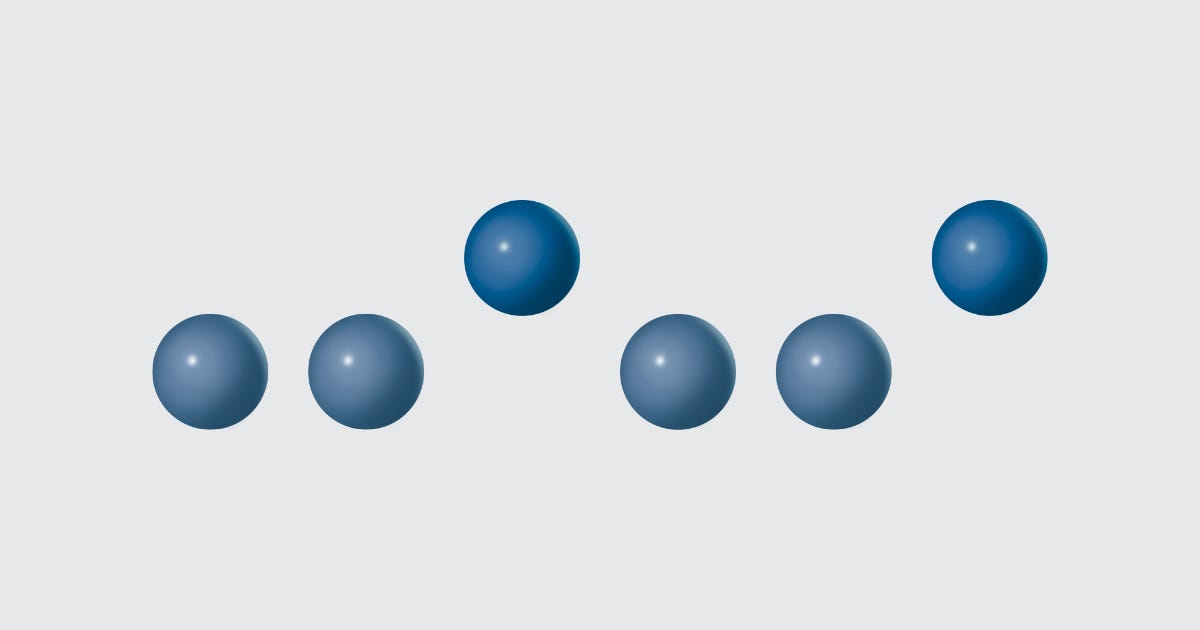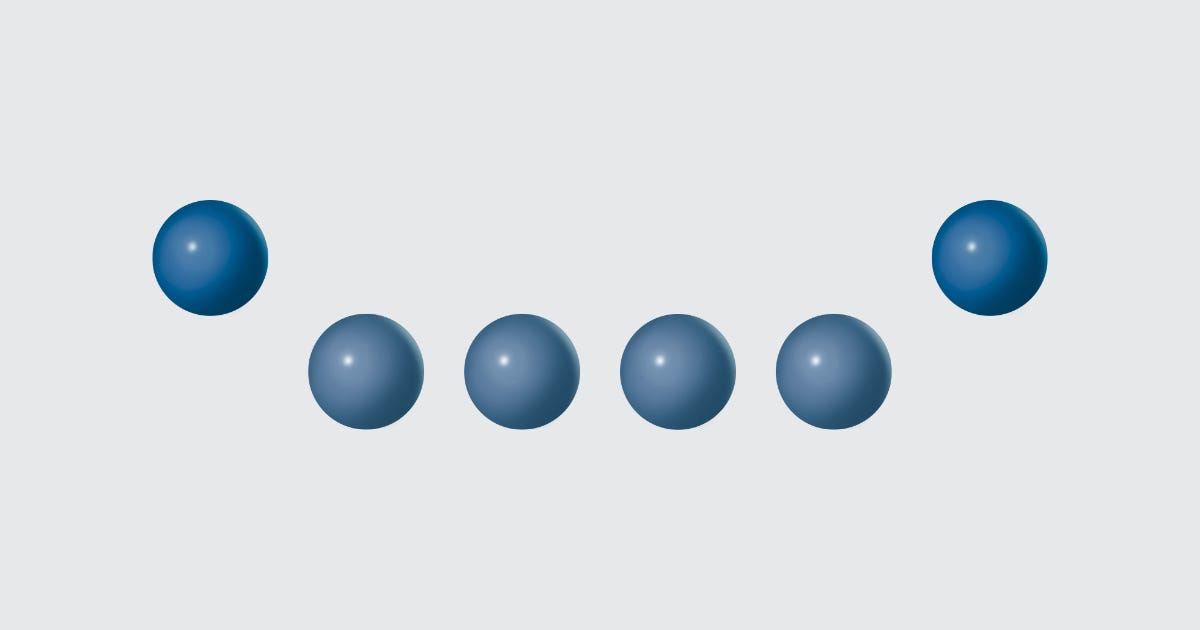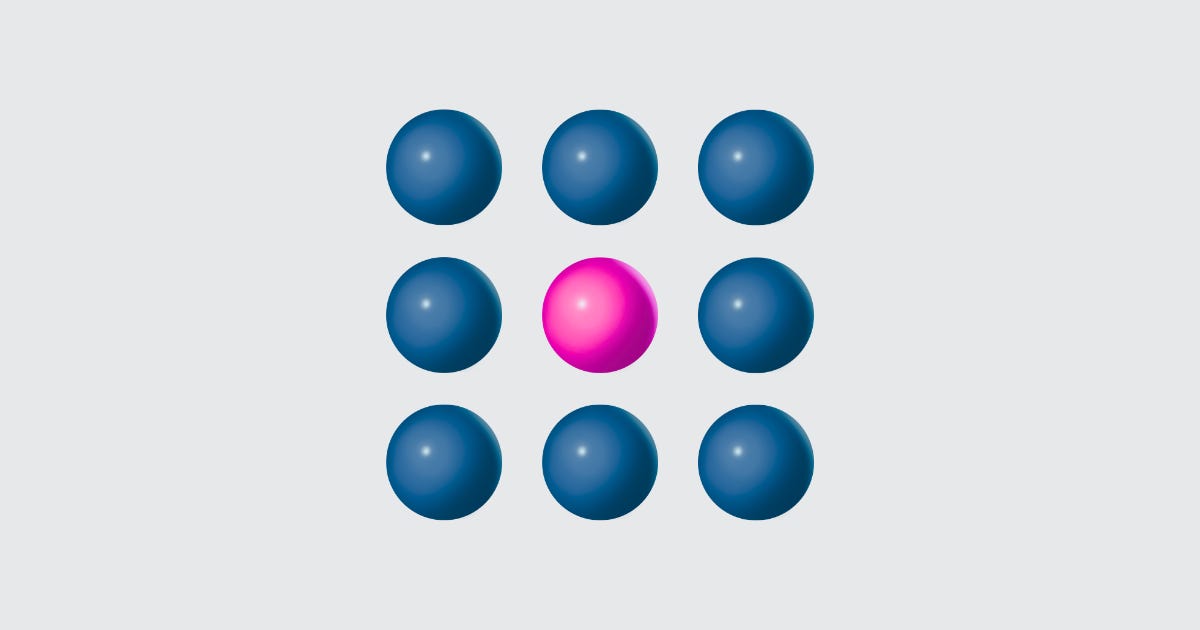Cognitive Biases 1: Not Every Moment is Equal
How Four Key Biases Shape User Perception and Recall
Welcome to the Cognitive Bias Series, where I break down key psychological principles and explain why they’re critical to consider when designing user experiences. In this first part, we’ll be exploring the theme of impact and recall, how certain moments shape the way users remember an experience.
Before we dive in, think about a product you’ve recently used. Hold onto that memory, we’ll come back to it soon.
When users interact with a product, they aren't processing every moment equally. Certain experiences like the emotional highs, the standout moments, and the way things end, matter far more than others. If you can design around these moments, you can leave a lasting, positive impression.
Today, we’ll focus on four key cognitive biases that influence how users remember an experience:
The Peak-End Rule
The Serial Position Effect
The Zeigarnik Effect
The Von Restorff Effect (Isolation Effect)
Understanding these biases will help you craft experiences that don’t just work, they stick. Let’s dive in!
The Peak-End Rule
Not every moment is equal, and according to the Peak-End Rule, users recall the emotional peak and the end of an experience the most. This principle, coined by psychologist Daniel Kahneman, has been supported by studies across healthcare, entertainment, and everyday experiences. For example, patients undergoing medical procedures rated their experiences based not on the total pain endured, but on the most painful moment and the ending. The same logic applies in UX.
As designers, these are the perfect moments to create emotional impacts and make the experience more memorable for users. For example, when a user accomplishes a task/goal in your app you can play a celebratory animation, play a positive sound cue, provide visual affirmations, or provide social reinforcement. Think of apps like Duolingo or Finch, which uses many of these tactics to give users a sense of delight when they answer a question correctly or complete a daily goal. These moments are also great for softening the effect of negative experiences, like providing a quick path to resolving an error.
The Serial Position Effect
Similar to the peak-end rule, the serial position effect has to do with moments. The serial position effect states that people tend to remember the first and last items in a sequence the most. Have you ever noticed CTAs are almost always placed at the top or bottom of a navigation menu? That’s on purpose. You might be wondering why this is the case, and the answer lies in the two “sub effects”:
The Primacy Effect: People tend to remember the first items the best because they’re processed first and given more cognitive attention.
The Recency Effect: People recall the last items better because they’re still held in their short-term memory, making them easily accessible.
Make sure to always put the most important elements, like CTAs, at the beginning or the end of sequences. There are many ways you can take advantage of this and here are a few examples:
For onboarding processes, make the first screen simple, motivating, and aligned to the user’s goals, and make the final screen a success state that creates delight.
When listing features for your product, place the highest-value proposition features at the beginning and end of the list.
If you have an e-commerce website, research shows that the first and last product in a carousel or search result list gets the most clicks.
Zeigarnik Effect
The Zeigarnik Effect states that incomplete or interrupted tasks are remembered more often than completed tasks. Have you ever had moments where you were writing an email, got interrupted, and kept thinking about getting back to that email? That’s the Zeigarnik Effect. Our brains crave closure, and unfinished tasks create a mental tension that keeps tasks at the top of our mind.
If we want to help users complete their task there are a few effective methods. Visual cues like progress bars and checklists trigger a psychological urge to complete a task. This is commonly done with onboarding checklists in SaaS dashboards. E-commerce websites often provide consistent reminders about having items left in your cart, prompting you to checkout. You can also implement gamification and habit-forming strategies to create engagement loops; this is often found in educational apps like Duolingo.
While the other biases we’ve talked about so far clearly revolves around timing, the Von Restorff Effect is more about contrast. The Von Restorff effect is a cognitive bias where people are more likely to remember an item that stands out from its surroundings. Imagine a table with a line of oranges, but there’s an apple right in the middle. That apple is going to stick out like a sore thumb.
There are many ways we can take advantage of this in terms of contrast, but I will save those ideas for a post dedicated to contrast. Let’s think about how this bias works in conjunction with timing. The reason why providing moments of delight during peak-end events works, is because of the Von Restorff Effect. If we always provided fun animations and positive reinforcement for everything a user does, it would dull its effect. These moments of delight are effective because of temporal contrast; if everything delights all the time, nothing stands out. With proper timing, emotions significantly boost memory. It is essential that these moments should occur immediately after emotional effort or anticipation, not before.
Conclusion
What these 4 cognitive biases teach us is this: not every moment is experienced equally, users remember specific moments. The highs, the endings, the unfinished tasks, and the standout elements all shape how people feel, recall, and ultimately return.
As designers, understanding these crucial moments helps us create experiences that delight and impact the users. And it is often these key moments that convince a user whether they’ll continue using your product or not.






